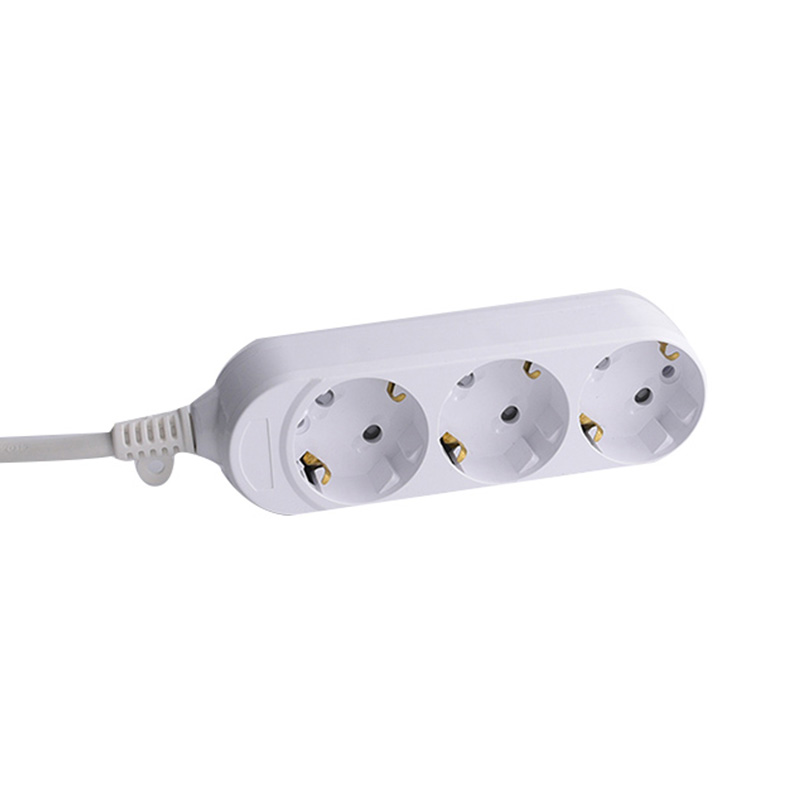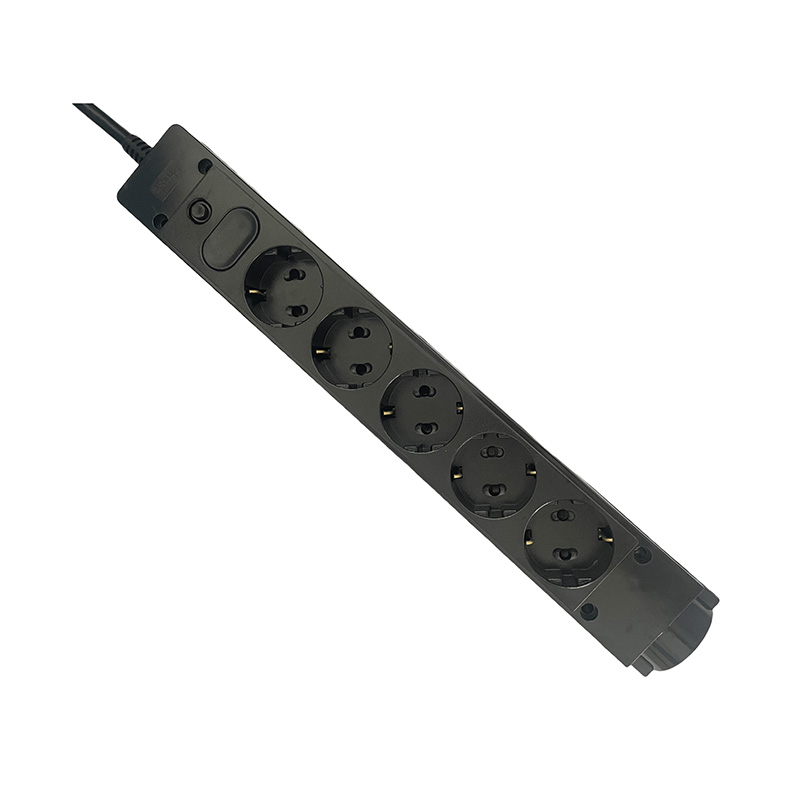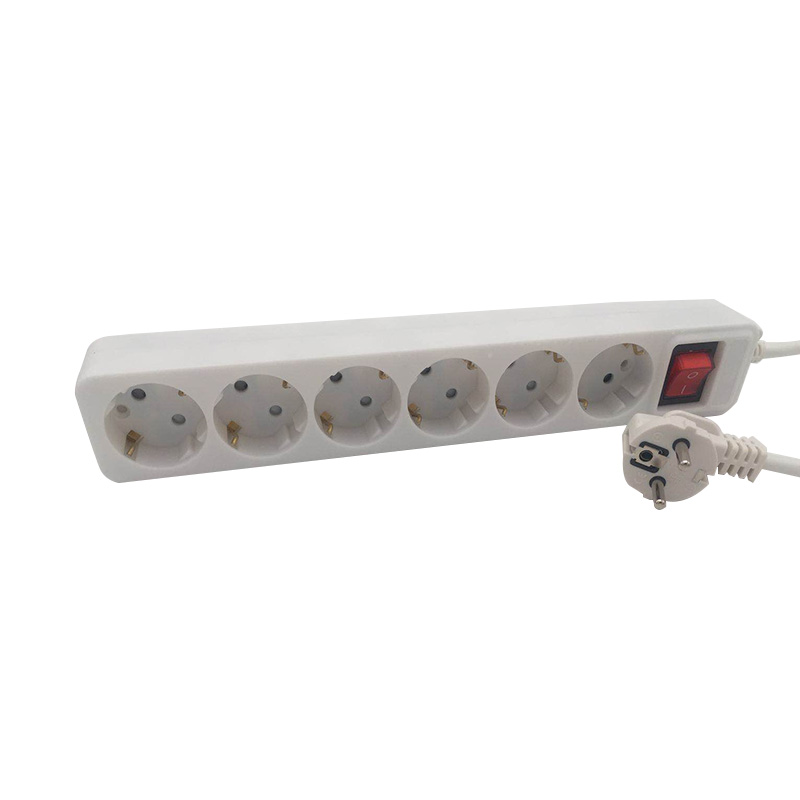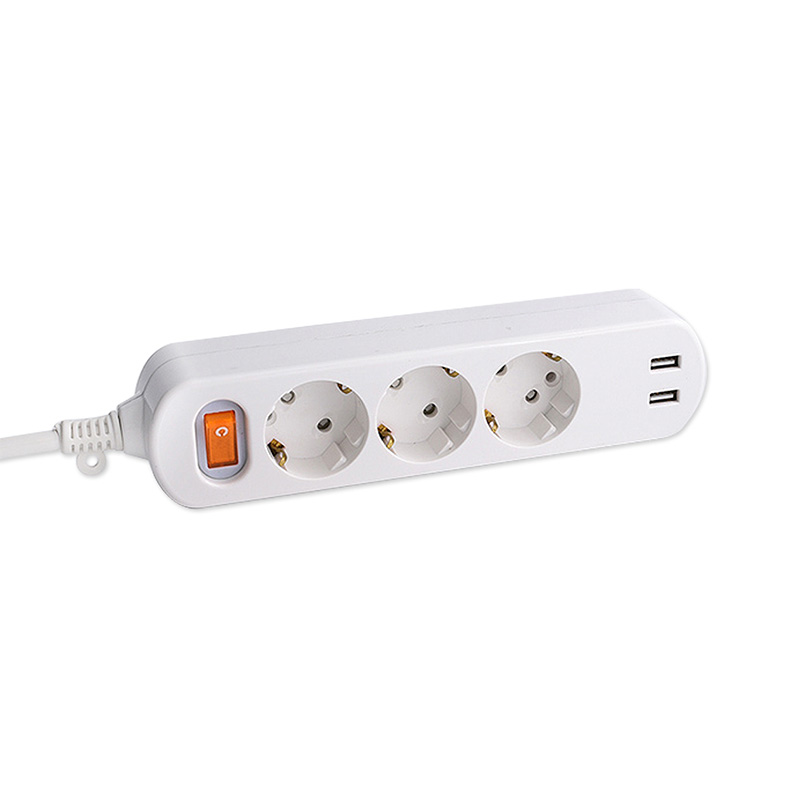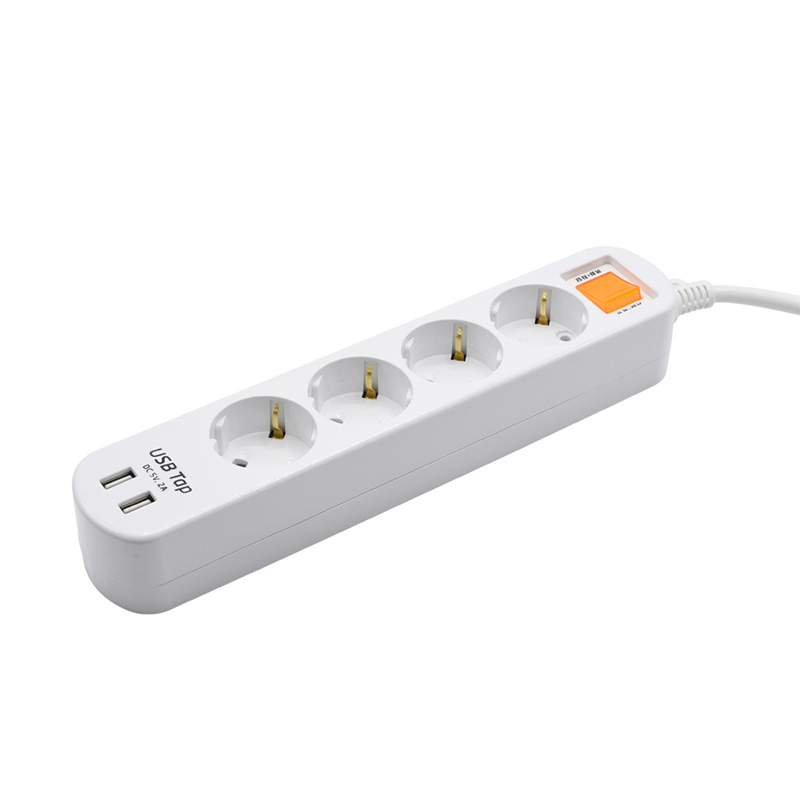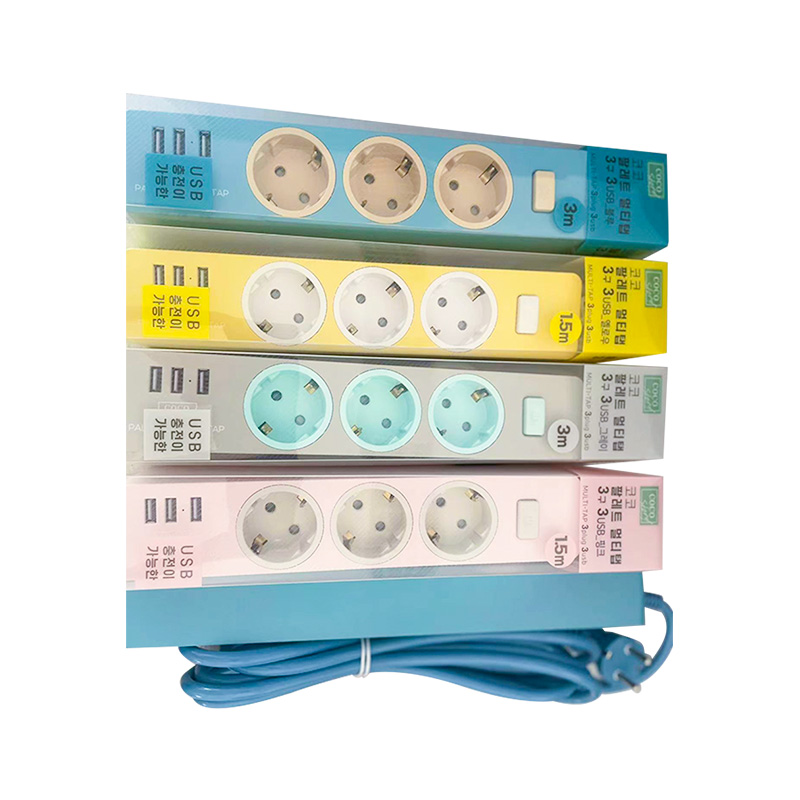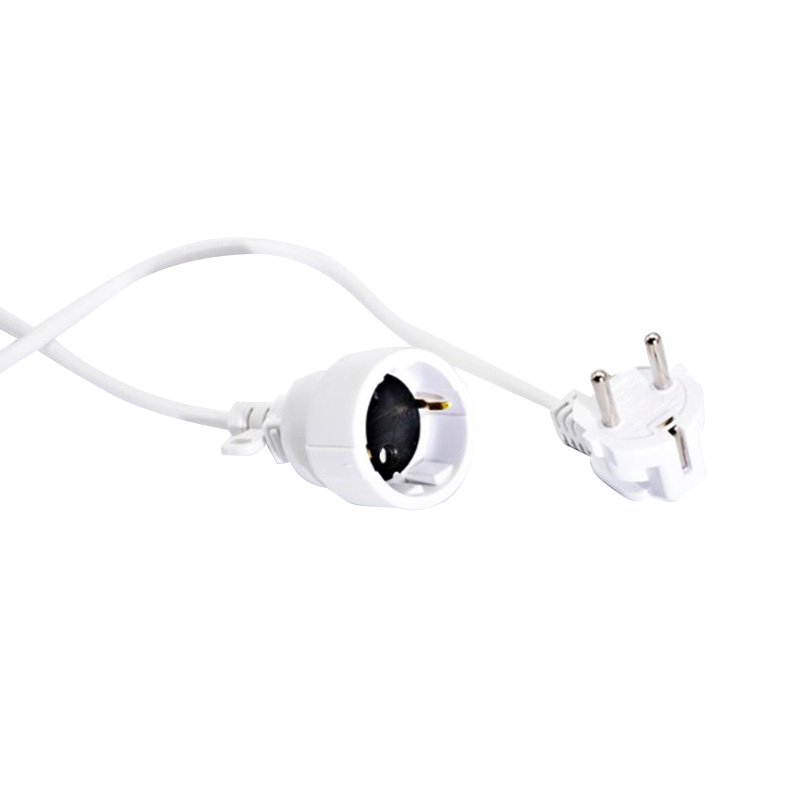Submit feedback
How is the drop resistance of PP material power strips?
 2025.10.09
2025.10.09
 Industry News
Industry News
When choosing a power strip, durability and safety are often top priorities — especially for homes, offices, and workshops where these devices are used daily. One of the key materials used in modern PP material power strips is polypropylene (PP), a type of thermoplastic polymer known for its toughness, chemical resistance, and lightweight properties. Among its many advantages, one of the most notable is its excellent drop resistance. But what exactly makes PP material power strips more resistant to impact, and how does this translate into real-world performance? Let’s explore in detail.
1. What Is PP Material?
PP (Polypropylene) is a semi-crystalline thermoplastic widely used in electrical devices, packaging, and consumer goods due to its impressive combination of strength, flexibility, and resistance to deformation. Compared with materials like ABS (Acrylonitrile Butadiene Styrene) or PVC, PP provides a good balance of mechanical strength and elasticity.
These properties make PP a popular choice for power strip casings, as it can withstand external pressure, temperature variations, and accidental drops without cracking or breaking easily.
2. The Importance of Drop Resistance for Power Strips
Power strips are often used in active environments — on desks, workshop floors, or household areas where accidental falls are common. A drop-resistant casing ensures that even when the device falls from a certain height, the internal electrical components (like copper wiring, circuit boards, and sockets) remain protected.
Without good impact resistance, a single drop could cause internal wiring to loosen or insulation to break, increasing the risk of short circuits or fire hazards. Therefore, drop resistance directly contributes to both product safety and longevity.
3. Why PP Material Has Good Drop Resistance
PP’s drop resistance comes from its unique molecular structure and mechanical properties:
-
High Elasticity:
PP is flexible enough to absorb energy during an impact rather than transferring the full force to the casing or internal parts. This prevents cracking or deformation when dropped. -
Excellent Toughness:
Unlike brittle plastics that shatter under pressure, PP has a high impact strength that allows it to bend slightly without breaking. This “tough yet flexible” nature helps it survive drops from everyday working heights. -
Low Density and Lightweight:
PP is lighter than many other plastics, meaning less kinetic energy is generated during a fall. The lighter weight reduces the overall impact force upon hitting the ground, minimizing damage. -
Temperature Stability:
PP maintains its structural integrity even under temperature fluctuations. Whether it’s in a hot office or a cold warehouse, it remains durable and does not become brittle over time.
Together, these characteristics make PP material power strips remarkably resistant to physical impact compared to those made from cheaper, more brittle plastics.
4. Drop Test Performance in Real-World Use
Many manufacturers perform drop tests to verify product durability. Typically, a PP material power strip can withstand multiple drops from a height of 1 to 1.5 meters — roughly the height of a typical desk or table — without structural damage or internal malfunction.
Even after such impacts, the outer shell usually remains intact, the sockets stay firmly in place, and electrical performance is unaffected. This demonstrates the ability of PP casings to absorb and dissipate impact energy effectively.
In industrial or commercial environments where power strips may be moved frequently or accidentally pulled off tables, this durability ensures reliable performance and longer service life.
5. Comparison with Other Materials
When compared to ABS or PVC, PP offers several distinct advantages in terms of drop resistance:
- PP vs. ABS: ABS is slightly stiffer and can resist scratches better, but it tends to crack under high impact. PP, on the other hand, has better flexibility and impact absorption, making it more suitable for preventing breakage during drops.
- PP vs. PVC: PVC is heavier and less elastic, meaning it can deform or crack more easily when dropped. PP is lighter, more resilient, and provides superior shock resistance.
This is why many modern manufacturers prefer PP material for portable or high-use power strips, especially those marketed for travel, office, or workshop applications.
6. Design Factors That Enhance Drop Resistance
Apart from the material itself, the design of the power strip also plays a key role in determining drop resistance. PP power strips are often molded with rounded edges, reinforced corners, and thick outer shells to distribute impact energy more evenly.
Some high-end models even include internal shock-absorbing supports, which help protect the electrical components during falls. Combined with the natural resilience of PP, these design features ensure that the product remains both functional and safe after accidental impacts.
7. Safety and Longevity Benefits
A PP material power strip’s ability to resist drops not only prevents cosmetic damage but also ensures internal electrical safety. By protecting the internal wiring and insulation, PP helps prevent short circuits, overheating, and loose connections, which can otherwise lead to equipment damage or fire risk.
Additionally, the reduced likelihood of cracks or deformations extends the product’s service life, making it a cost-effective and reliable choice for long-term use.
Conclusion
The drop resistance of PP material power strips is one of their strongest selling points. Thanks to the inherent flexibility, toughness, and lightweight nature of polypropylene, these power strips can easily endure accidental falls and rough handling without compromising safety or performance.
Compared with other common plastics, PP offers a superior balance of impact absorption, durability, and environmental stability, making it ideal for both household and professional environments. In short, if you’re looking for a durable, safe, and long-lasting power strip, choosing one made from high-quality PP material ensures peace of mind — even when life’s little accidents happen.
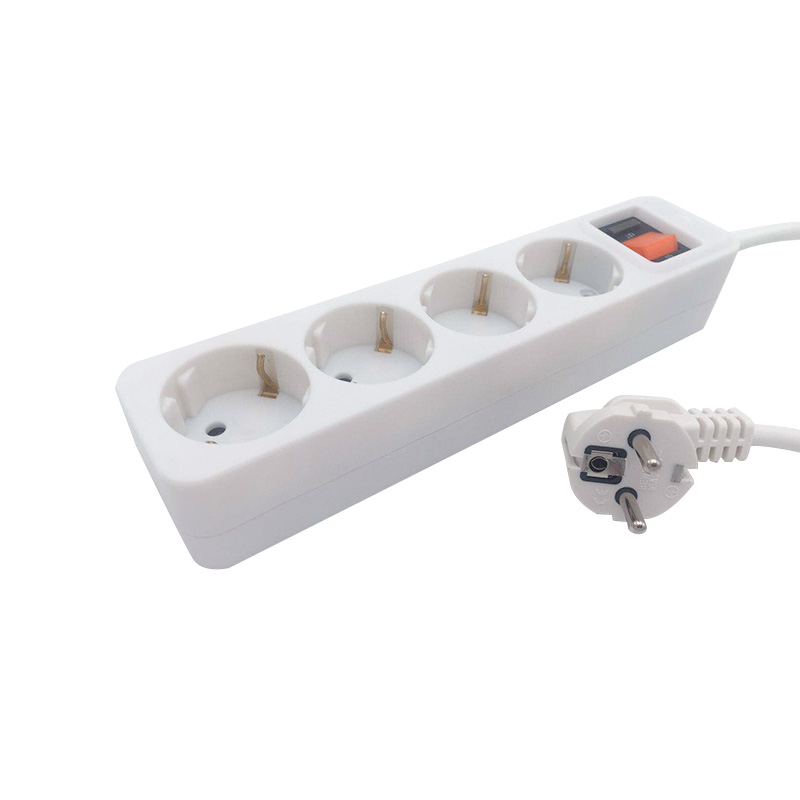
 TOP
TOP
 ENG
ENG
 English
English русский
русский 한국어
한국어 Deutsch
Deutsch

